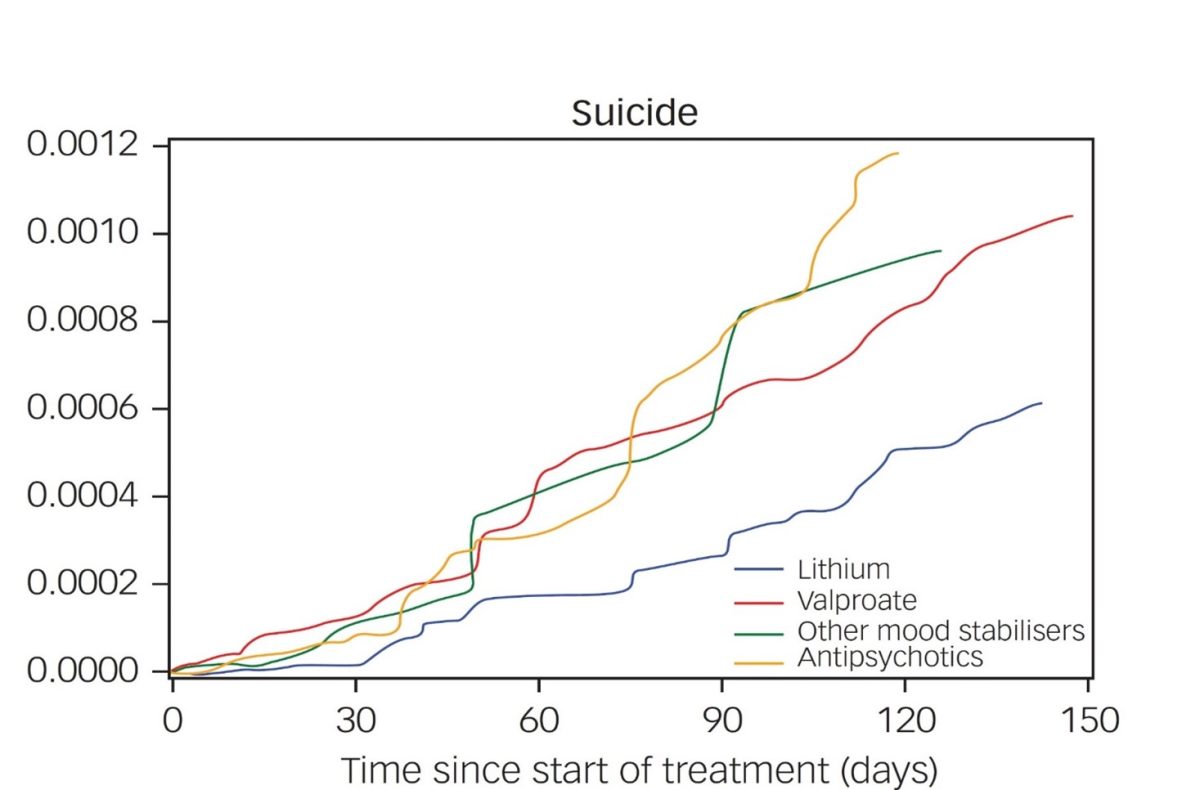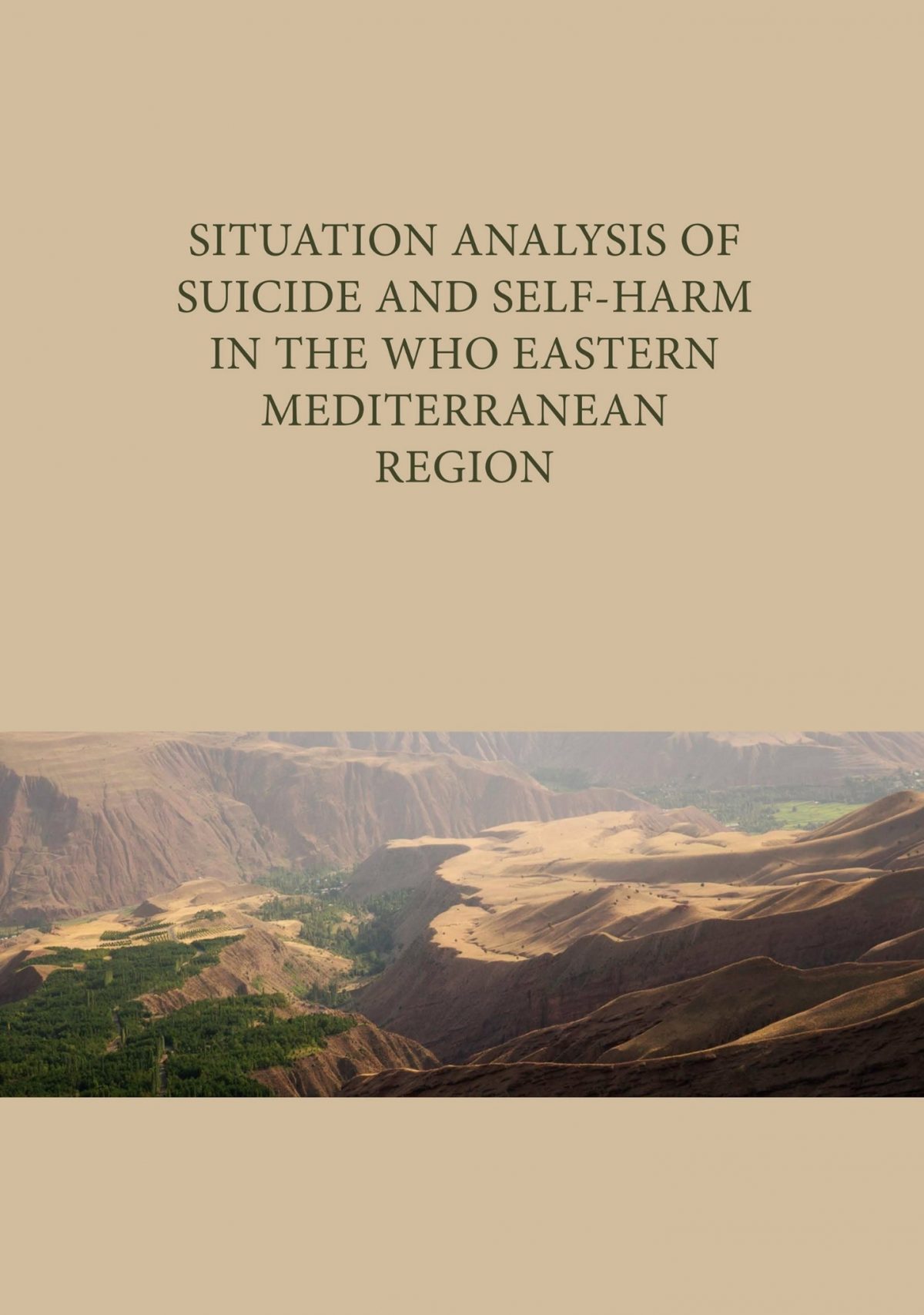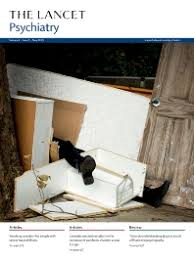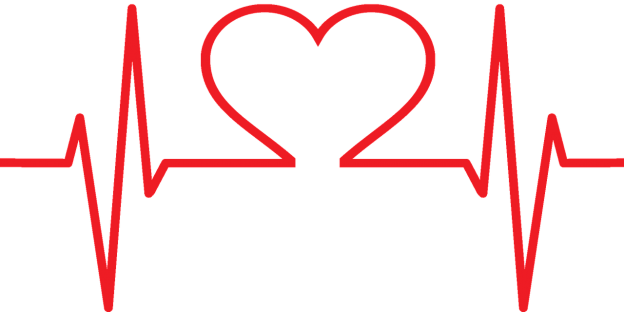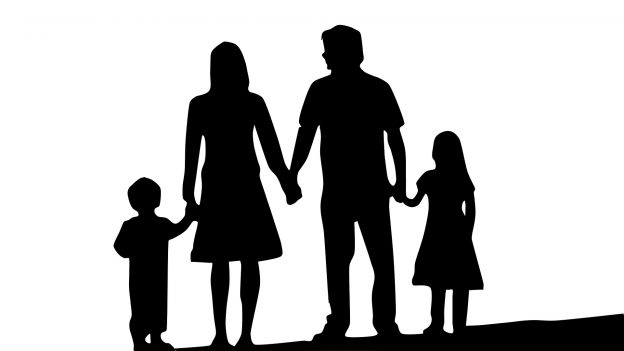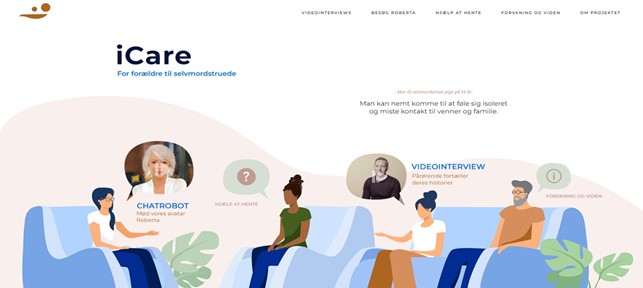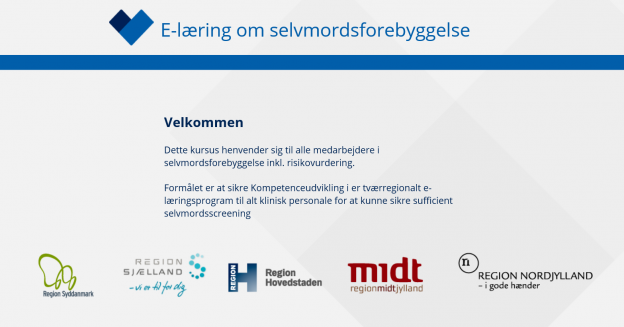People with sleep disorders or poor sleep quality have an increased risk of psychiatric disorders. Sleep disorders may also be associated with suicide but the evidence regarding this has so far been limited to small studies.
The aim of the research project was to analyze the relationship between sleep disorders, treatment with sleeping pills (e.g. benzodiazepines and melatonin) and suicide using register-based data. In separate statistical analyses, it has, for instance, been investigated whether people with sleep disorders have higher rates of suicide when compared to people without sleep disorders.
Findings from the first study showed that males who had been diagnosed with a sleep disorder had a 1.5 times higher suicide rate versus males with no sleep disorder. A 2.2 times higher suicide rate was observed for females with sleep disorders when compared to the background population. In addition, the findings revealed that the majority of people with sleep disorders who died by suicide also had a mental disorder, which potentially could explain the increased suicide risk. Patients with narcolepsy were found to have a higher suicide rate when compared to the background population. This has not previously been documented.
You can find the scientific study here:
https://academic.oup.com/sleep/article/45/5/zsac069/6550645?login=false
In separate study, it was examined whether melatonin, a treatment for sleep disorders, was associated with an increased rate of suicide attempts and suicide. People who had redeemed prescriptions for melatonin were subsequently found to have a higher rate of suicide attempts and suicide than people not in treatment with melatonin. About 90% of the people treated with melatonin who had a suicide attempts also had a psychaitric disorder. This supports the hypothesis that people who suffer from insomnia or sleep disorders often also experience psychological stress and this relationship may increase risk of suicidal behavior. This study was the first to assess the link between treatment with melatonin and suicide.
You can find the published study here:
https://jcsm.aasm.org/doi/10.5664/jcsm.10118
The study was supported by a research scholarship from the Lundbeck Foundation.
Partner:
- Adam Spira, PhD, Department of Mental Health, Johns Hopkins Bloomberg School of PublicHealth, Baltimore, USA.
- Prof Keith Hawton, Centre for Suicide Research, University of Oxford


